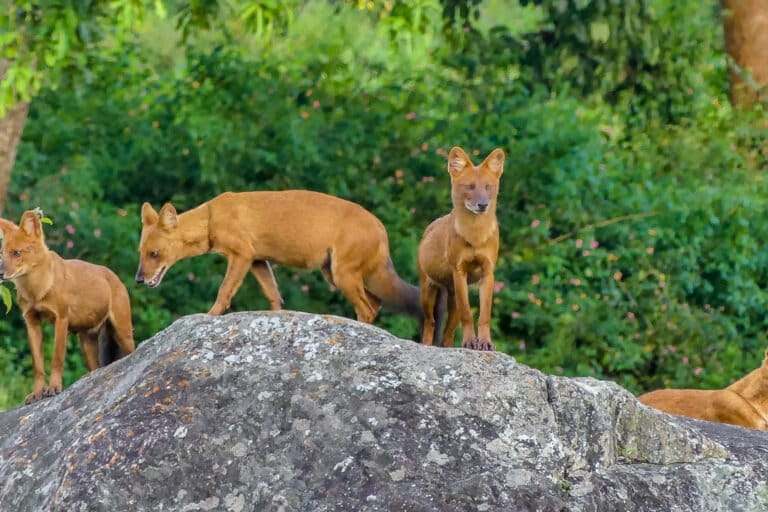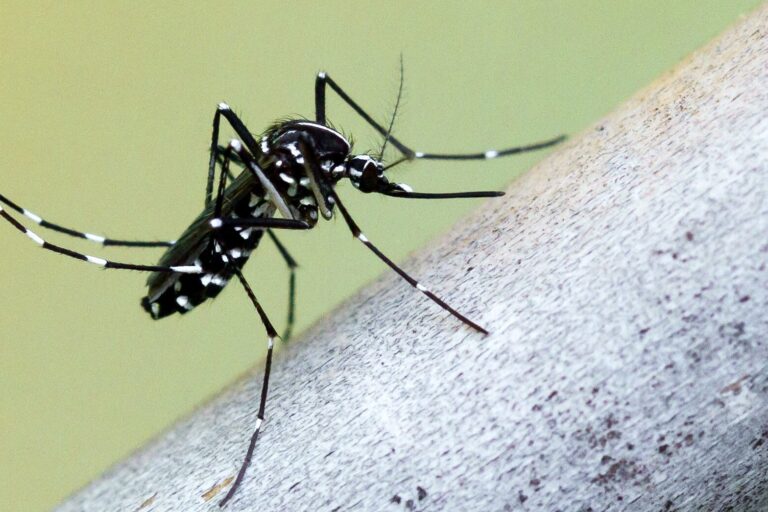- India is home to 60% of the world’s tiger population. The habitats that support tiger populations are becoming increasingly isolated, due to human pressures.
- Wildlife corridors, linking these tiger populations, are critical to ensure the movement of tigers between populations and maintain genetic diversity.
- Corridors are under heavy pressure, mostly from infrastructure. There is a need to emphasise connectivity between corridors, through a multi-stakeholder approach to ensure the welfare of wildlife and communities, without compromising development.
- The views in this commentary are that of the author.
The tiger is among the world’s most iconic and awe-inspiring animals, deeply embedded in human culture and legends. Its distribution ranged from Russia in the north to Java in the south. Today, only about 5000 tigers survive in the wild, isolated in pockets throughout Asia, restricted to just 7% of their historical range.
The decline has been particularly drastic in the last two centuries, coinciding with the rising human population and loss of forests. India is home to almost 3000 tigers, comprising 60% of the global population. These tigers are isolated in their native ranges (mostly protected areas) and separated from other tiger populations due to habitat loss in the intervening regions.
Certain regions of the tiger range are considered Tiger Conservation Landscapes (TCLs). These are large blocks of contiguous or connected areas that can support at least five adult tigers and where tiger presence has been confirmed in the last ten years.
For species with large territorial extents like the tiger, connectivity between populations is essential to maintain genetic diversity. Tiger habitats in Protected Areas (PAs) are small (<300 km sq on average), with only a few individuals in each.
Almost a third of India’s tigers live outside protected areas. Genetic diversity can be lost when populations become small and are isolated, negatively impacting a species’ ability to adapt and survive. It is, therefore, important to identify genetically connected tiger populations and maintain connectivity within them for the long-term viability of a species.

Direct data on dispersal is limited, but genetic analyses suggest tigers can disperse up to 700 km, even in landscapes with heavy human pressure. This is where the importance of wildlife corridors comes into the picture. A corridor is a strip of habitat that allows the movement of animals between populations that are otherwise separated by barriers such as roads, agricultural fields and human settlements.
Blanket protection on large contiguous landscapes might seem ideal for the conservation of a species but is hardly practical since it impinges on the livelihoods of people in the landscape, especially those of rural and disadvantaged forest communities. While increasing local tiger abundance is important, it is inadequate as a conservation strategy if there is no connectivity between populations. The focus should equally be on ensuring the integrity of the corridors, according to Moulik Sarkar, research fellow in Project Tiger at the Wildlife Institute of India.
Twenty-eight percent of India’s tigers live in the Central Indian landscape (CIL), spread over the states of Madhya Pradesh, Maharashtra and Chhattisgarh, an area of about 384508 km sq. Enmeshed within this landscape are 16 Protected Areas, 11 of which are Tiger Reserves (TRs), surrounded by forest patches, small farms, villages and cities.
“Studies on tiger connectivity in the Indian landscapes show that populations are fragmented to varying extents,” says Meghana Natesh, who studied tiger population connectivity for her doctoral research, at the National Centre for Biological Sciences. Previous research has aimed to build ‘connectivity maps’ for these landscapes to understand barriers to the movement of various species.
A recent study by researchers from India, the U.S. and Germany, compares and distills findings from five independent studies on tiger connectivity in central India to gain insights into the integrity of the wildlife corridors for the long-term survival of tigers. The study published in March 2022 says places in central India that are critical for landscape connectivity for the movement of tigers show a large overlap with human-use areas.
In the study, areas where all five studies agreed on the high potential movement of tigers are referred to as Consensus Connectivity Areas (CCAs). The results from this study are particularly significant for wildlife managers in human-dominated landscapes.
All Consensus Connectivity Areas (CCAs), which are the regions highlighted to be of importance across the various studies, overlap with forest department management boundaries, while 70% of CCAs fall within village administrative boundaries, suggesting these priority areas are under immense human pressure.
Further, 165 of the CCAs are within one km of linear infrastructures like roads, railways, transmission lines and mines. For instance, 78% of forest land diverted for infrastructure and mining in Madhya Pradesh falls in districts with CCAs.
There is an urgent need for land managers and policymakers to focus on multi-use landscapes where humans and wildlife co-exist. The authors suggest that wildlife management needs to shift focus from corridors to connectivity areas.
In many cases, CCAs fall under overlapping jurisdiction of village administration and the forest department, making co-management tricky. This large overlap of CCAs and human-use areas necessitates the need for local perspectives in corridor management. To this end, strong local institutions that protect the rights of forest dwellers are of importance.

The current model of conservation, where PAs are inviolate but construction outside PAs often leads to reckless habitat destruction, needs a re-thinking. The National Tiger Conservation Authority (NTCA) has emphasised multiple stakeholder coordination within TCLs, guiding forest department plans to include corridor management mechanisms.
The CCAs must be incorporated while planning regional infrastructure development. In this scenario of management complexity, it is important to prioritise long-term gains from stakeholder coordination within these conservation landscapes to benefit wildlife, communities and economic development.
Lastly, this study highlights the potential of synthesising findings from multiple studies in analogous situations to strengthen cases for conservation practice. While many research studies might be limited in spatial extent or the number of species they address, metadata from these studies can be incorporated into an overall framework for addressing wider conservation issues.
“The synthesis of five different studies indicates that scientists largely agree about which places in central India are critical for landscape connectivity. The collaboration, which began at the Central India Landscape Symposium several years ago, illustrates the power of researchers, civil society, and managers working together towards common goals,” says Ruth DeFries, one of the principal investigators in the study.
Read more: [Commentary] The year of the tiger – and of wild tigers
The author is a trainee in the Indian Forest Service (IFS), allotted to Odisha cadre. He is a post-graduate in biology from IISER Pune and worked in research positions at NCBS, Bangalore and ETH Zurich before joining the IFS.
Banner image: Landscape connectivity is crucial for tigers to move between their last few strongholds in India since it also facilitates the movement of genetic material and the exchange of gene pools, an essential factor for their long-term survival. Photo by Davidvraju/Wikimedia Commons.














